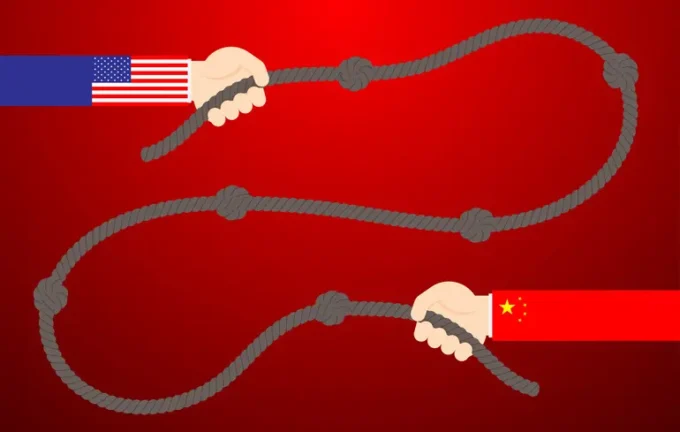Trade Ceasefire: US Lifts Certain Restrictions on China and Opens New Opportunities for Cooperation

Following intense trade disputes and the implementation of numerous protectionist measures between the United States and China, a gradual shift towards de-escalation is beginning to emerge. The US government announced the lifting of several restrictive measures that previously had a significant impact on China's technological and industrial sectors. Specifically, the United States allowed American companies to resume the supply of critical software for semiconductor design and also reinstated the export of ethane to China — marking an important step toward restoring trade connections. Amid these developments, major companies such as Synopsys, Cadence Design Systems, and Siemens—the world leaders in electronic design automation (EDA)—officially confirmed their return to cooperate with Chinese clients, granting them access to technologies and services that were previously restricted. Moreover, the US sent official letters to ethane producers urging them to lift licensing restrictions on exports to China. These moves are part of coordinated efforts responding to earlier sanctions introduced by the Trump administration, aimed at limiting China's access to strategic resources like rare earth metals that are vital for various high-tech industries. The Chinese response included restrictions on the export of rare earths, which, as a countermeasure, disrupted global supply chains critical to the automotive, aerospace, semiconductor, and military sectors. On June 27, China’s Ministry of Commerce announced that both countries confirmed agreements to review export applications for relevant goods, with the US promising to relax its own restrictions. Experts suggest that this step indicates a desire to reduce tensions and restore the status quo from early 2023. However, long-term restrictions on China's access to semiconductor design software could significantly hamper China's chip industry development. Companies like Synopsys, Cadence, and Siemens control over 70% of China's relevant software market, as reported in April. It remains unclear if other US-imposed measures, such as licensing suspensions to firms like GE Aerospace for supplying engines to Chinese aircraft manufacturer COMAC, have been lifted. While the temporary pause in the US-China trade war offers a glimmer of hope, deep-rooted conflicts, which have already caused turbulence in the global economy, still persist. In an article titled “The US-China Trade War: Possible Scenarios,” analyst Andriy Dliiach offers four potential trajectories for the ongoing standoff, which could reshape the world order. Meanwhile, Aleksei Kush provides insights into the true state of China’s economy, questioning whether Beijing could potentially become a new global hegemon replacing the United States.

